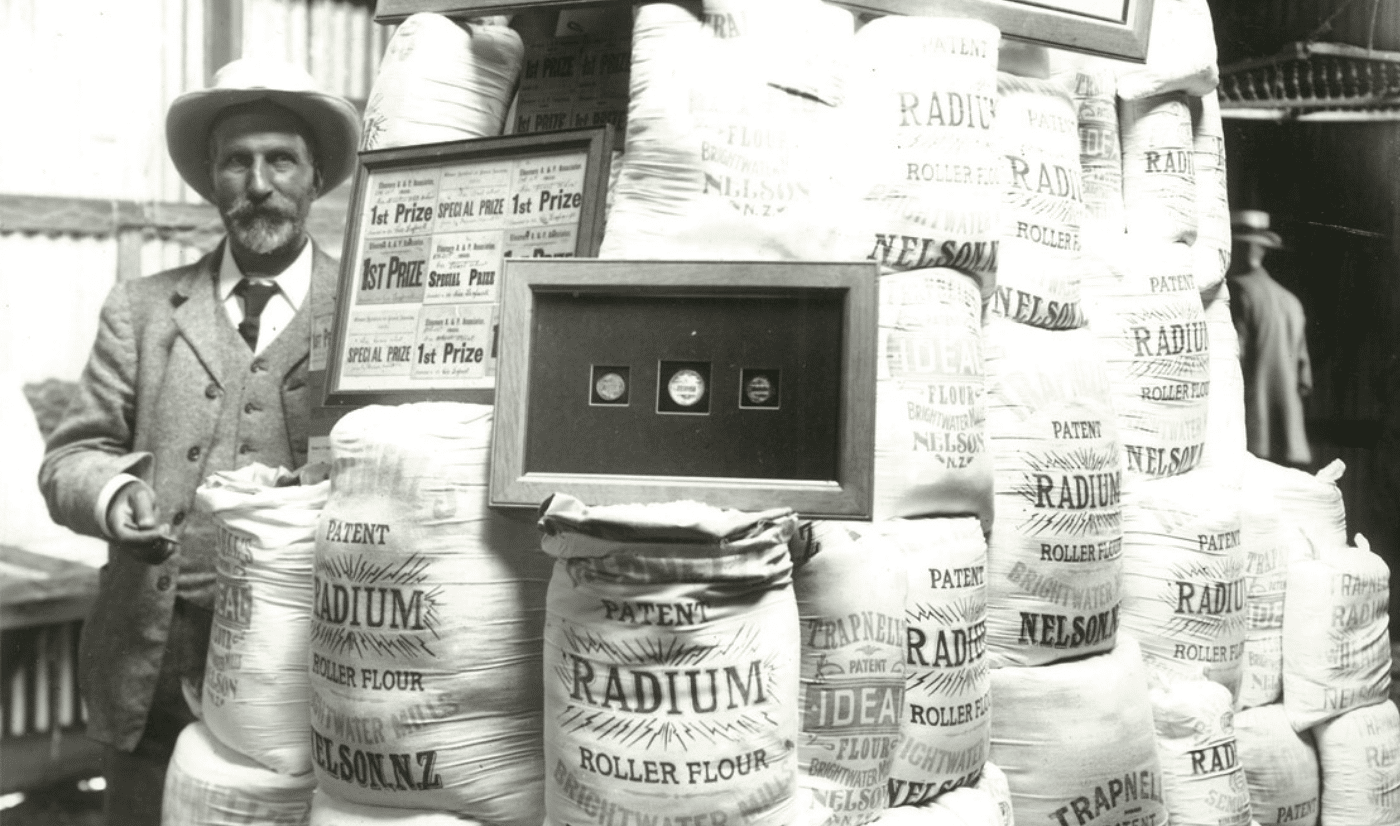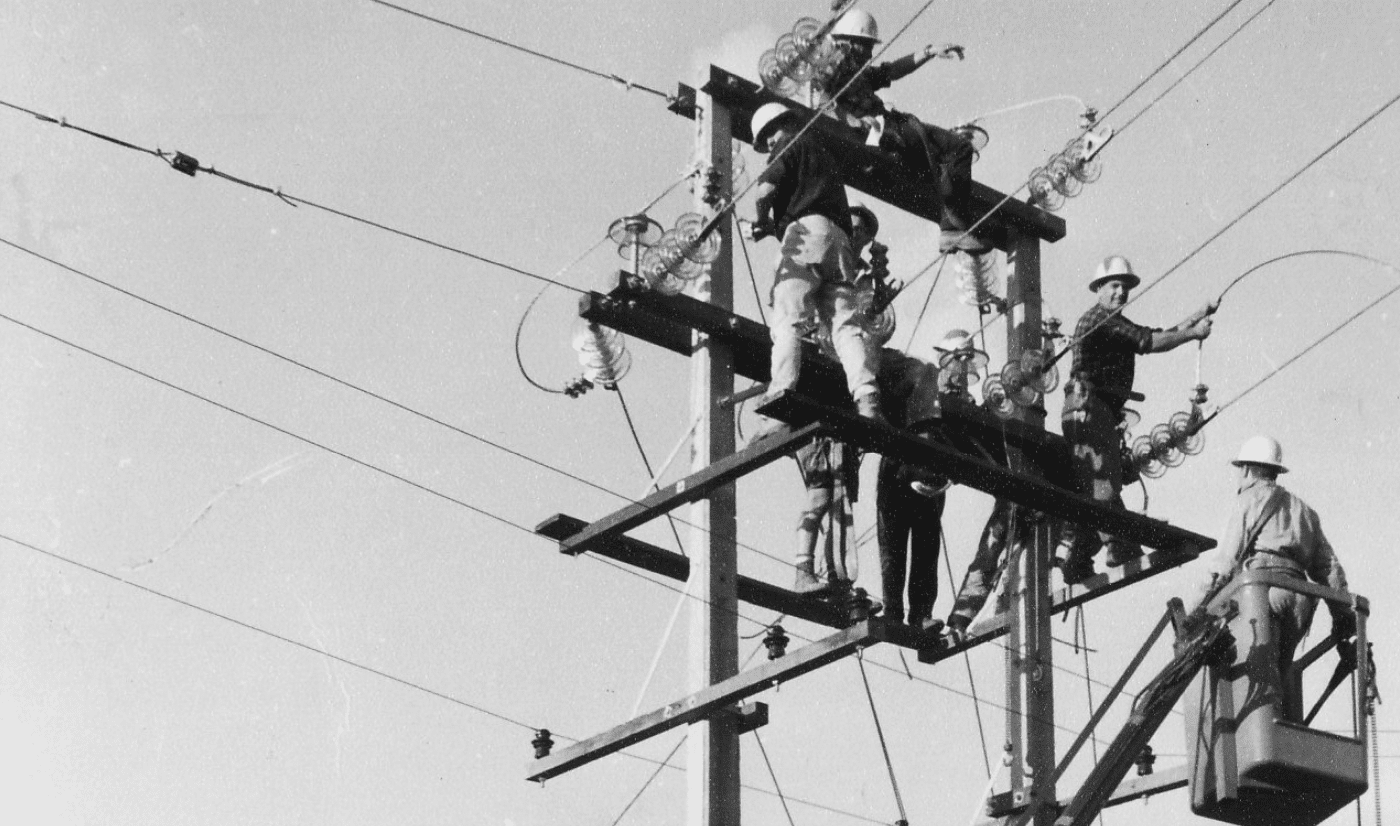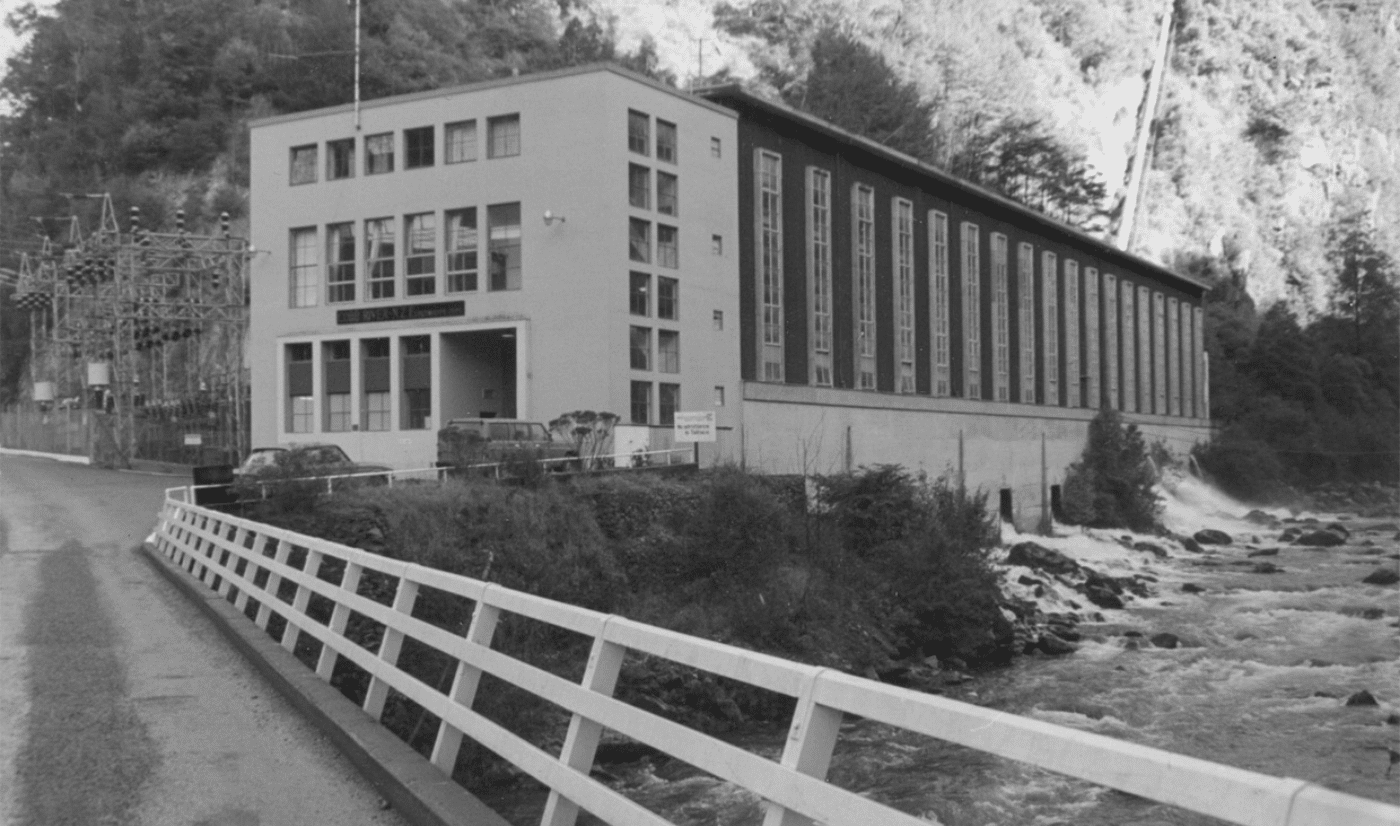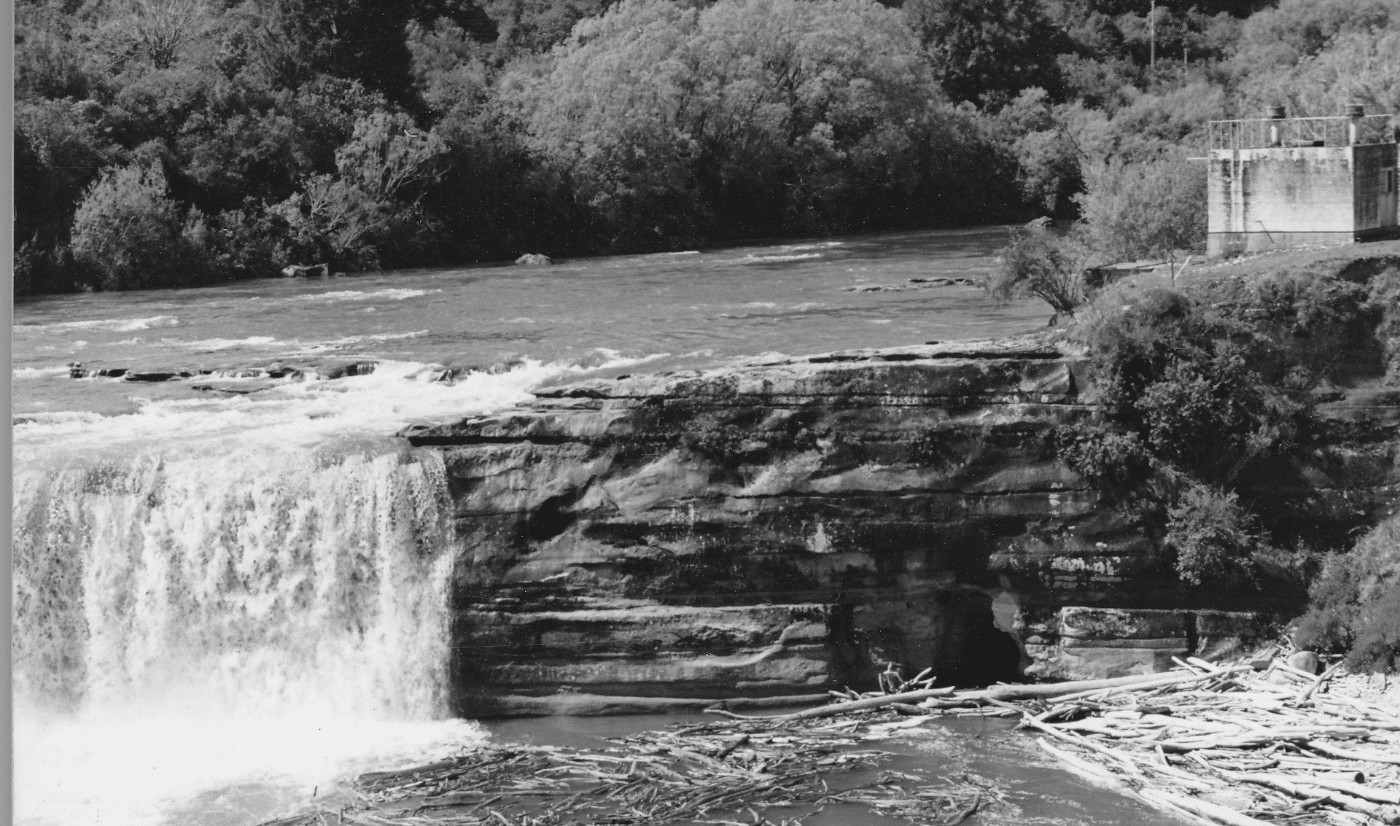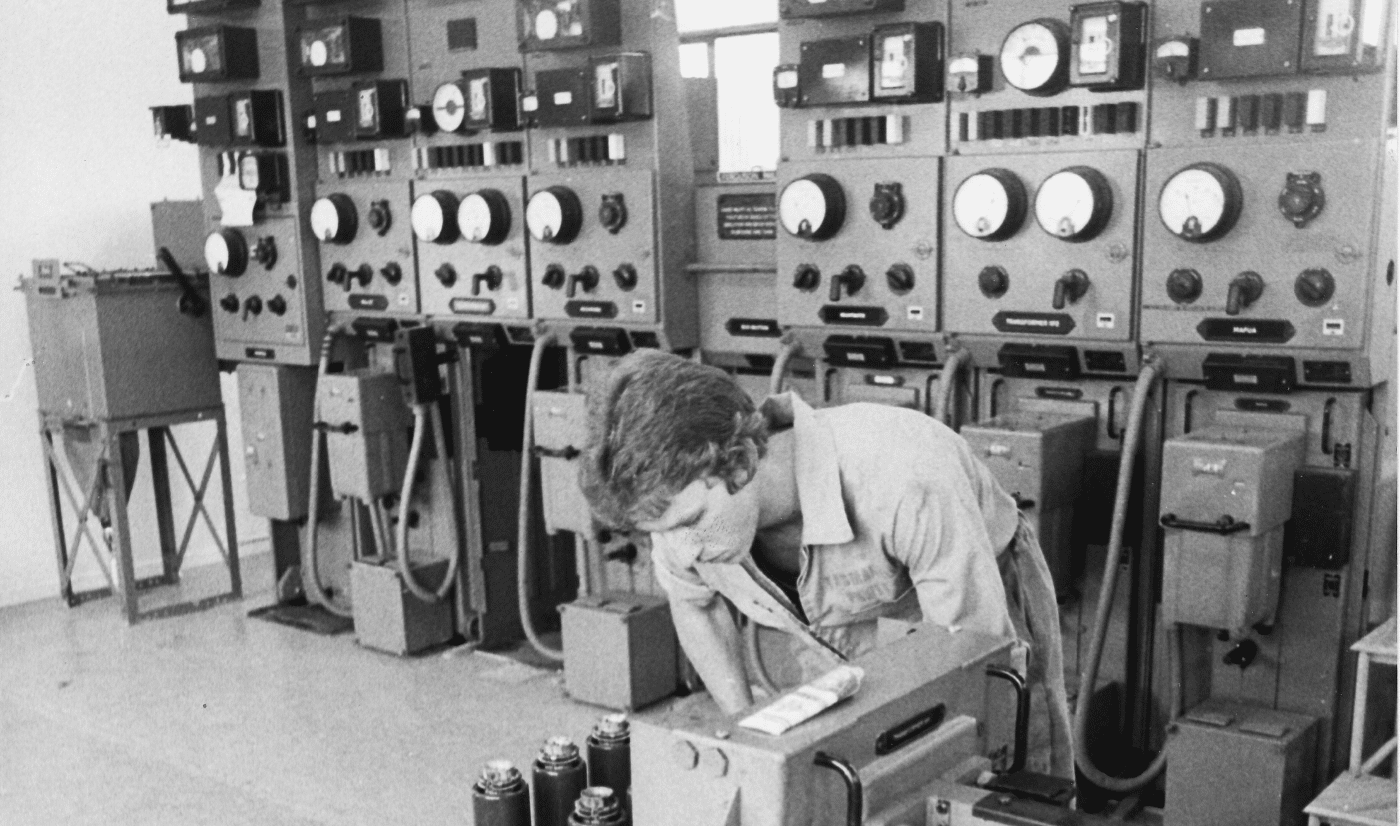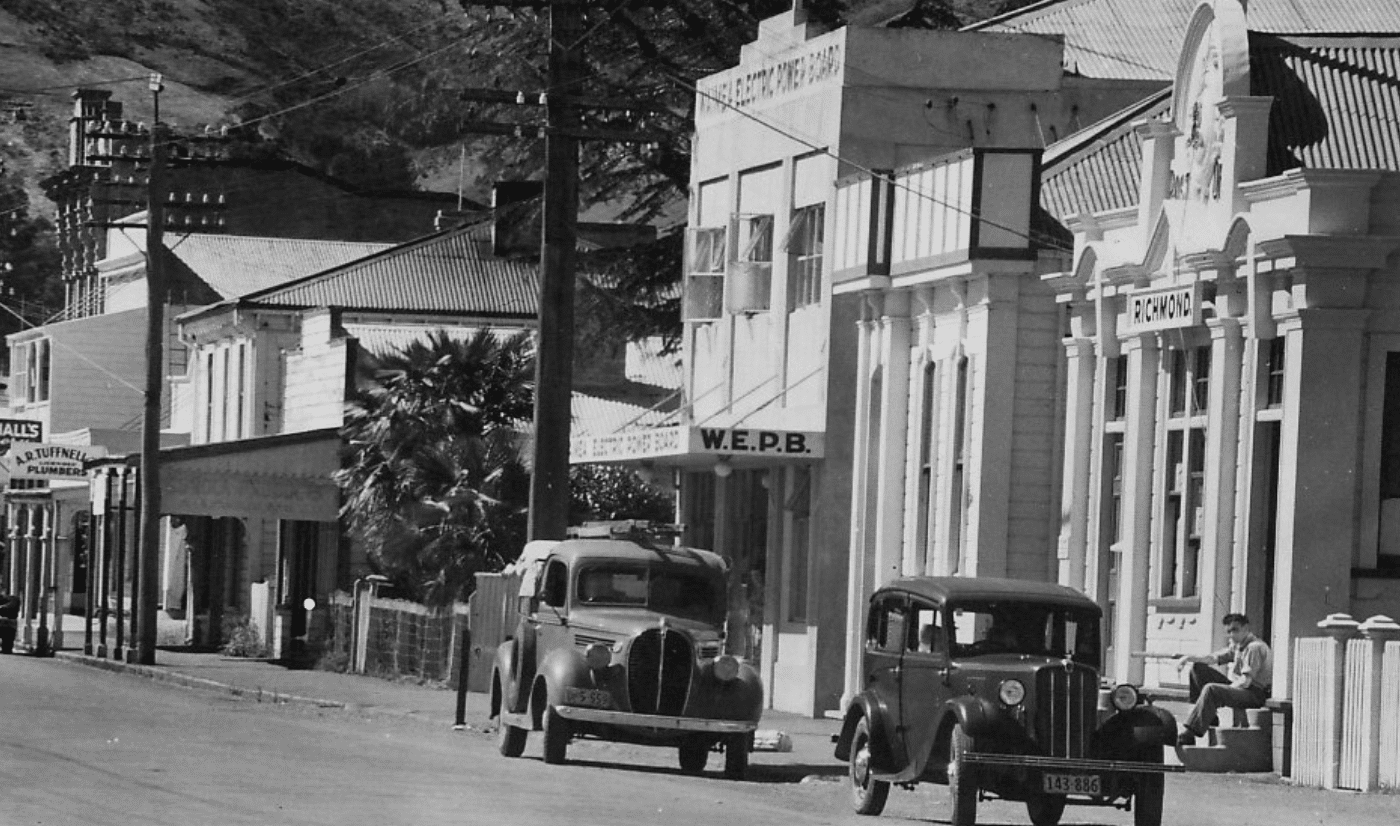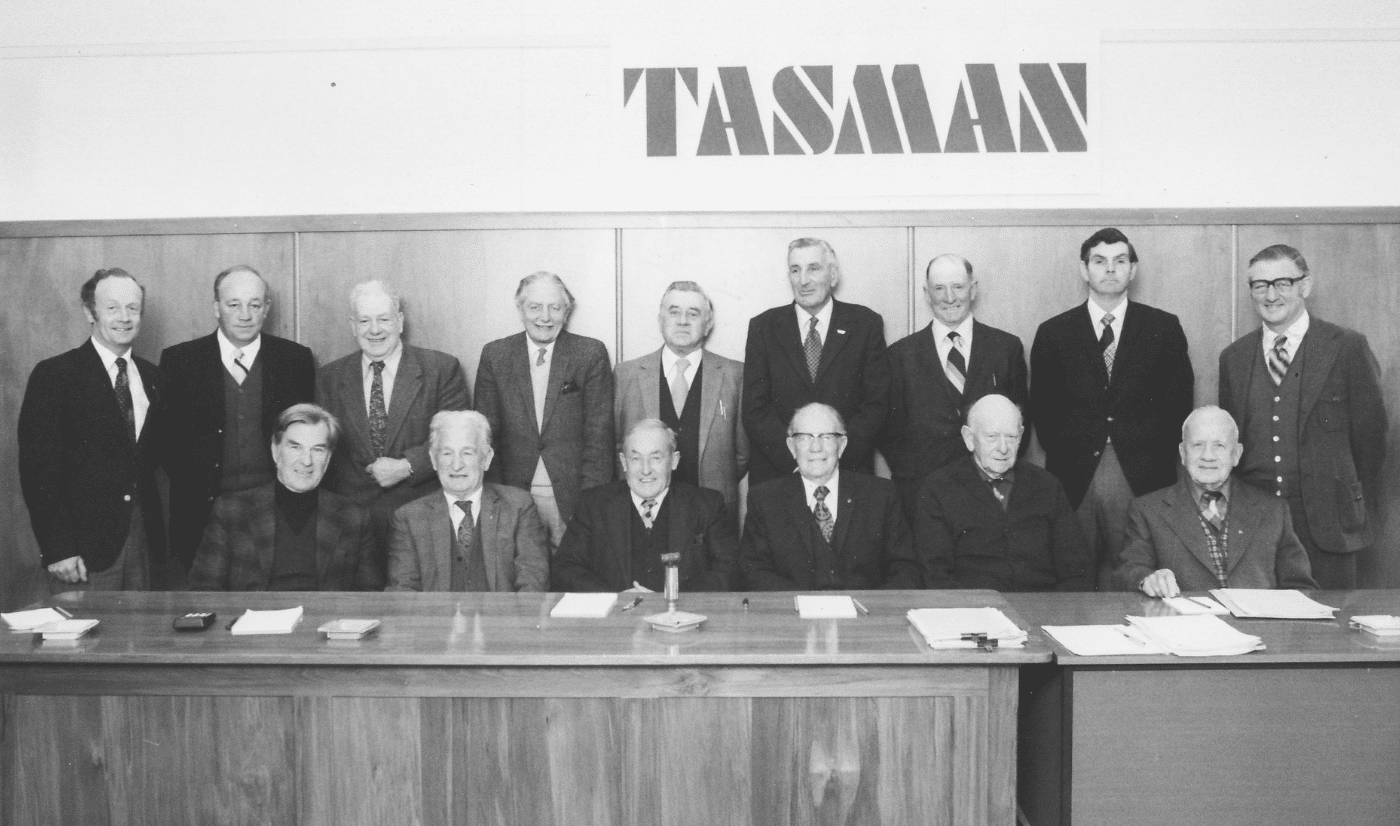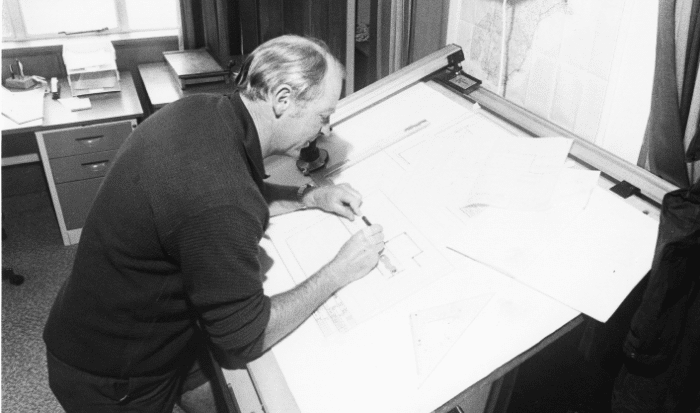In 1951, the Murchison County Council commissioned a hydro plant on the Maruia Falls, but major relief came only with the 1958 connection to the national grid.
During this time, the focus remained on building and improving the regions network, a process that was aided by amalgamation of the remaining suppliers.
A decade after in 1963, the Waimea Electric Power Board merged with Murchison's electrical undertaking and then in 1976, the Waimea and Golden Bay electric power boards amalgamated forming a new body - the Tasman Electric Power Board.
In 1988, this board changed their name to Tasman Energy, the foundation of Network Tasman. In 1990, the Government appointed experienced directors to replace the elected boards of regional power authorities and electricity departments.
At the time, the five directors that were appointed to Tasman Energy faced a mammoth task; the application of commercial principles to a local authority servicing a area of more than 12,000km2.

